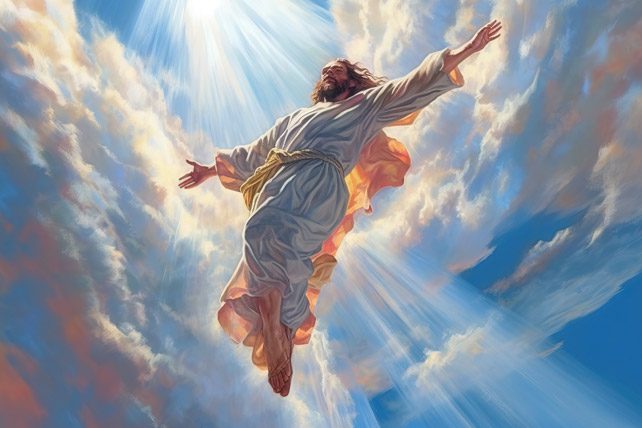First he sees the glory of the God of Israel rising from above the cherubim in the most holy place, where it had resided since Solomon’s dedicatory prayer, and moving to the threshold of the temple (Ezek. 9:3; cf. 1 Kings 8:10-11). Next, the glory of the Lord departs from the temple threshold and moves, along with the cherubim and the whirling wheels, to the east gate of the Lord’s house (Ezek. 10:16-19). Finally, the glory of God along with the cherubim and the wheels rises above the city of Jerusalem and stops at the mountain east of it, the Mount of Olives (Ezek. 11:22-23). From this point on, the once-holy place stands openly exposed to the ravages of invading nations.
It should not be regarded as purely coincidental that the noteworthy Olivet Discourse of Jesus took place on the same Mount of Olives as he overlooked the city of Jerusalem and declared its imminent fate (Matt. 24:3; Luke 21:20-24). As the armies of Nebuchadnezzar would shortly surround the Jerusalem of Ezekiel’s day, level it to the ground, and burn its remnants, so the holy city of Jesus’ day would be surrounded by armies that would not leave one stone on top of another.
Of course, much more could be said as we seek to understand such a typological fulfillment of Ezekiel’s vision. For instance, compare the charge the Lord brings against Israel in Ezekiel’s vision (Ez. 8:6) with what Jesus says to the leaders of Israel in Matthew 23. Consider also the rest of the message of Ezekiel culminating in the promise of a New Temple in Ezekiel 40-48) and the final proclamation that “the LORD is there” (Ez. 48:35). This is ultimately fulfilled in the resurrection of the Son of God and the glory that he confers on his people, a new temple made of living stones out of every tongue, tribe, people and nation.
Jesus is the full manifestation of God’s glory. As the apostle John explained, “And the Word became flesh and dwelt (i.e., tabernacled) among us and we beheld His glory, the glory as of the only begotten of the Father full of grace and truth (John 1:14–15). In Christ, God was manifest in the flesh (1 Tim. 3:16). There is nowhere that the eternal Son of God dwelt so fully among men as He did when he became incarnate in Jesus. In Jesus, we see the glory of God in the flesh. As we come to better understand that Christ is the incarnate glory of God, the more consideration we will give to the progressive infolding of the message of the prophets. This in turn, will lead us to the full revelation of God’s glory in the face of Jesus Christ—the greater and unending manifestation of God’s presence with His people. By the saving work of Christ and by the outpouring of the Spirit of Christ, New Covenant believers are being transformed from one degree of glory to another (2 Cor. 4:4-6).
This article on God’s glory originally appearedhereand is used by permission.

